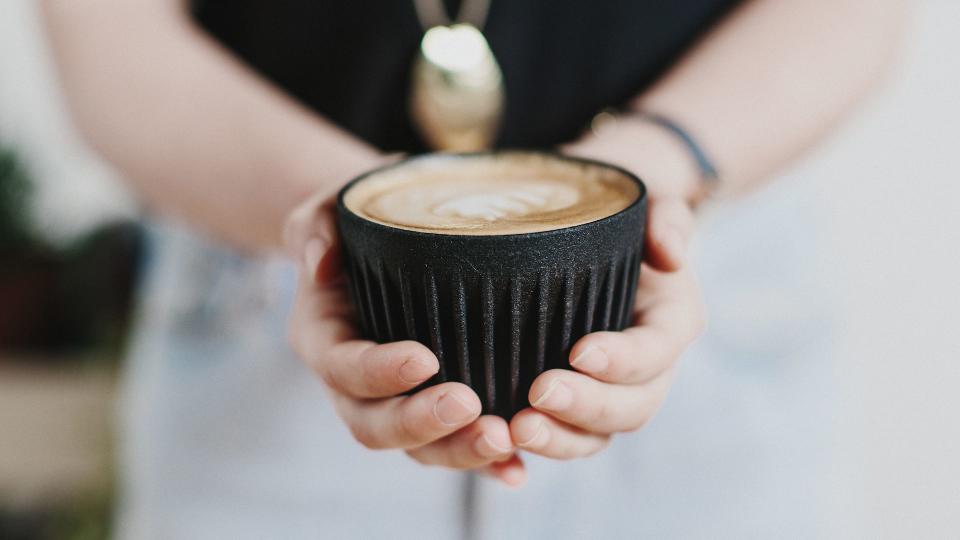Alexa has a new skill to help you throw away less food (and money)

Those leftovers that get dumped uneaten, that tub of yogurt way past its expiration date, and the bunch of celery you ambitiously bought for a recipe that — let's be real —wasn't going to happen, all add up.
SEE ALSO: Software is changing the way we tackle food waste
It might seem like clearing out the fridge doesn't mean much, but Americans don't eat 40 percent of their food. Consumers throwing out old bread and questionable milk cartons are throwing away an average of $1,500 every year. All this food waste adds up to $218 billion in uneaten food every year.
To fight the growing waste, the Ad Council and Natural Resources Defense Council have launched the Save The Food campaign. This educational campaign targets consumers, who contribute up to 43 percent of all of America's food waste.
We can't just blame big corporations and restaurants, though they aren't off the hook. The NRDC reports that restaurants and food service providers make two to four times the waste of grocery stores, supercenters, and wholesale distributors combined. The nonprofit environmental advocacy group found U.S. restaurants generate 22 to 33 billion pounds of food waste each year.
To make it easier to save food at home, Amazon's personal assistant, Alexa, can tell you how to store food, whether a vegetable should be deep-sixed, or how to revive a hopeless frozen steak situation. The Save The Food skill was added to Alexa's repertoire earlier this year.

Image: ad council/nrdc
Alexa's food saving skill comes with NRDC's updated report on food waste. The report is a refresh on 2012 data about the environmental, social, and economic impacts of wasted resources. JoAnne Berkenkamp, an NRDC senior advocate for food and agriculture, said, "Consumers should feel empowered to make a big difference on this issue."
Small things like smarter shopping with lists and peeking into our pantries and shelves to see what we already have, and following through on cooking plans can cut down on food waste. "Our eyes are bigger than our capacity to prepare foods at home," Berkenkamp said.
Once we have food at home we need to better understand how to store it and how long something can last. Confusing food labels push people to throw away food unnecessarily — about 20 percent of food waste stems from labels that tell us more about peak freshness than food safety.
A new video the Ad Council and NRDC released with chef Dan Barber from New York's Blue Hill and Blue Hill at Stone Barns shows how using food scraps can be part of the solution. Being resourceful and using cosmetically imperfect produce that may have some brown spots or an odd shape can contribute to slashing our food waste total. The video, embedded up top, shows how zucchini ends and cores usually thrown out after making a gourmet meal can be incorporated into a second, just as delicious meal.
It's not all bad news despite resources from thrown-out food adding up to the equivalent of 37 million cars' worth of green house gas. The U.S. Department of Agriculture and the U.S. Environmental Protection Agency have set national goals to cut food waste by 50 percent by 2030, similar to a UN goal. So progress is happening.
Berkenkamp said one example of many corporate improvements and efforts includes Walmart's discount program, which launched in 2014 and lowered prices on items closing in on their sell-by dates, and saved more than 30 million food products from going to waste.
Alexa, let's waste not, want not.
WATCH: Enjoy your sustainable java in this cup made out of coffee

Every editorial product is independently selected by Mashable journalists. If you buy something featured, we may earn an affiliate commission which helps support our journalism.

 Yahoo News
Yahoo News 
